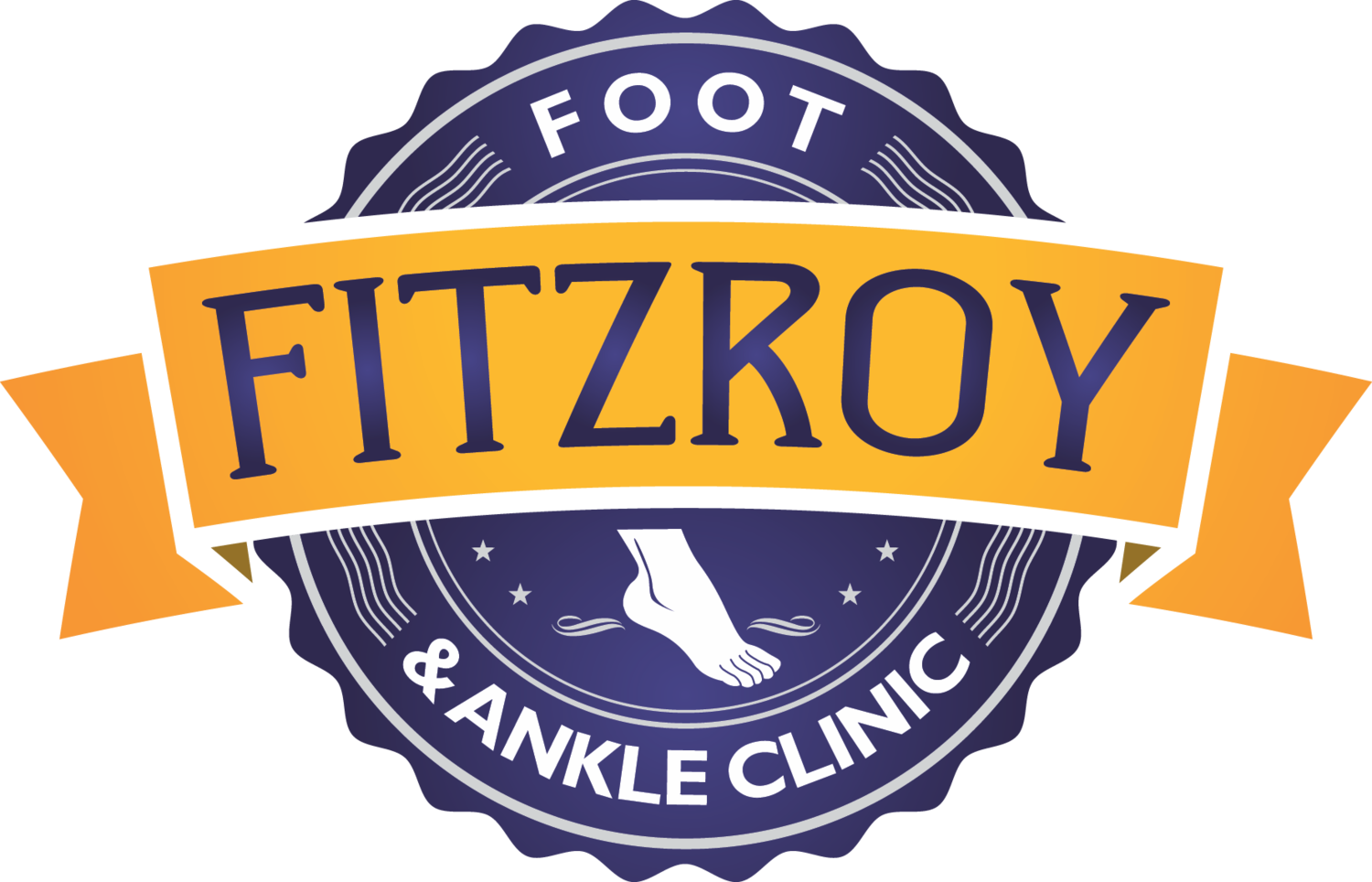The Achilles tendon is the critical structure joining the calf muscle in the leg, to the heel bone in the foot. It is a tough band of fibrous connective tissue that is made of collagen and is capable of withstanding significant tension.
Pain or reduced function to this hard working lower leg structure can be incredibly frustrating for patients. People who are runners or people whose activity of choice involves jumping or bounding can be particularly prone to injury.
The cause of an Achilles tendon injury is often multi factorial, but almost always involves an increase in load or stress on the tendon in an undesirable manner that causes symptoms.
As podiatrists we commonly treat Achilles tendinitis in clinic, so we’ve put together 5 handy tips to assist your knowledge and understanding of a rehabilitation plan.
1. Load
Excessive tissue load and stress from an activity like running are a significant contributor to Achilles tendon symptoms. To reduce symptoms, optimising the load or stress that accumulates in the Achilles is important. Increasing the capacity of the Achilles using slow, heavy loading is a key component of rehabilitation. A graduated loading program from a podiatrist, physiotherapist or exercise physiologist is a great place to start.
2. Modifying training or activity
Working with an athlete or patient to personalise their training regime is critical. It’s important to identify the exacerbating activity (e.g. short, fast reps on the track; excessive hill running; leaving your desk job to walk up Machu Picchu) and modify the training load or stress accordingly. If this isn't addressed, the load that we talked about in point 1 cant be optimised.
3. Footwear and orthotic therapy
The shoes worn during activity, and the presence (or absence) of an orthotic device, are another consideration to optimise a plan for treatment and recovery. A podiatrist can thoroughly assess what is currently being worn and make suitable recommendations about footwear choices and also whether an orthotic device may help, may need to be modified, or may need to be removed. With shoes, the heel pitch or stack height is one example of a shoe characteristic we assess carefully.
4. Shockwave therapy
Shockwave is an effective pain modulator, although it seems more beneficial among patients with less severe and less irritable symptoms. Shockwave therapy should be considered as part of a multi-factorial management plan, and not a treatment intervention used in isolation.
5. Additionally
Massage to the lower limbs, starting at the low back and glutes, dry needling, heat or ice application depending on presenting symptoms, and professional recommendation can all contribute to the overall management of Achilles pain. Considering these variables in accordance with the patients preferences can combine to have the best outcome.

